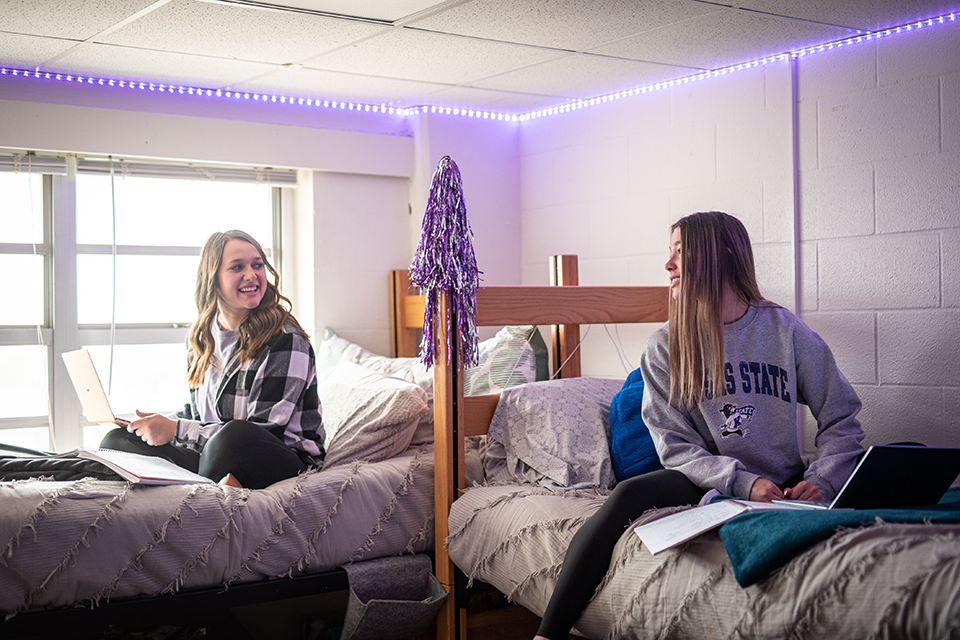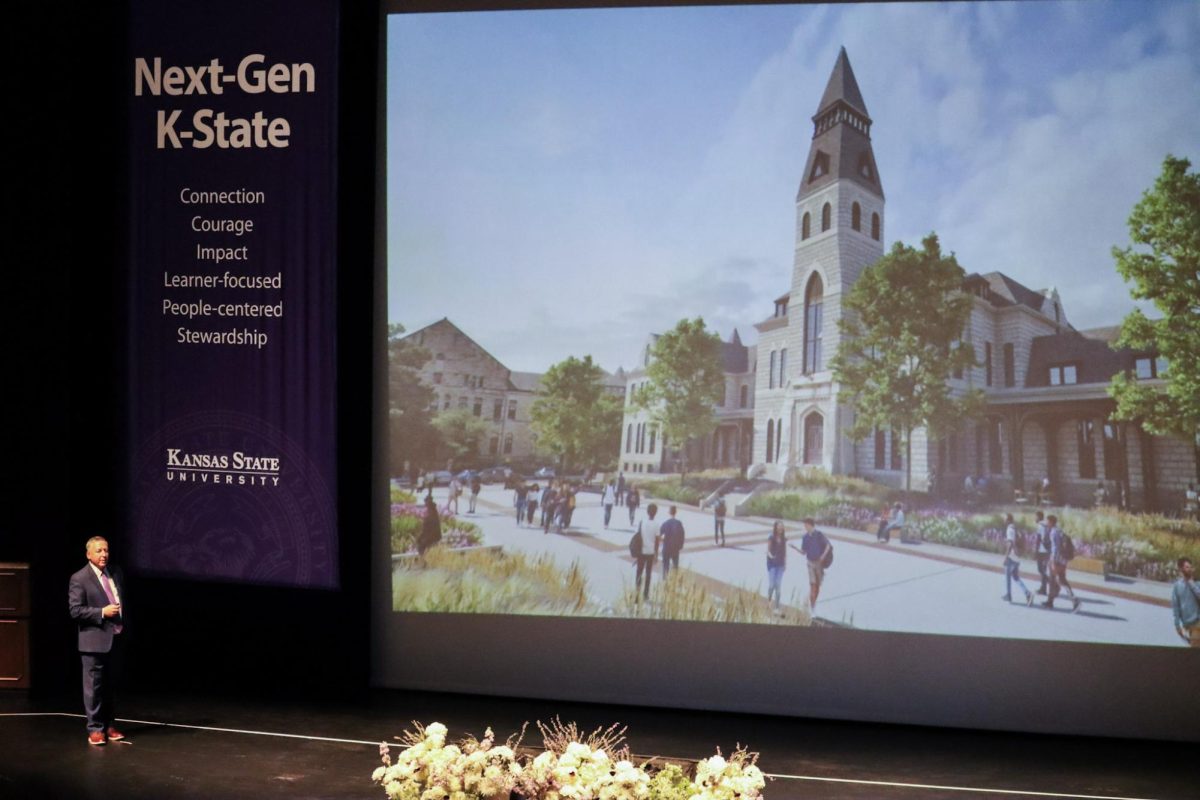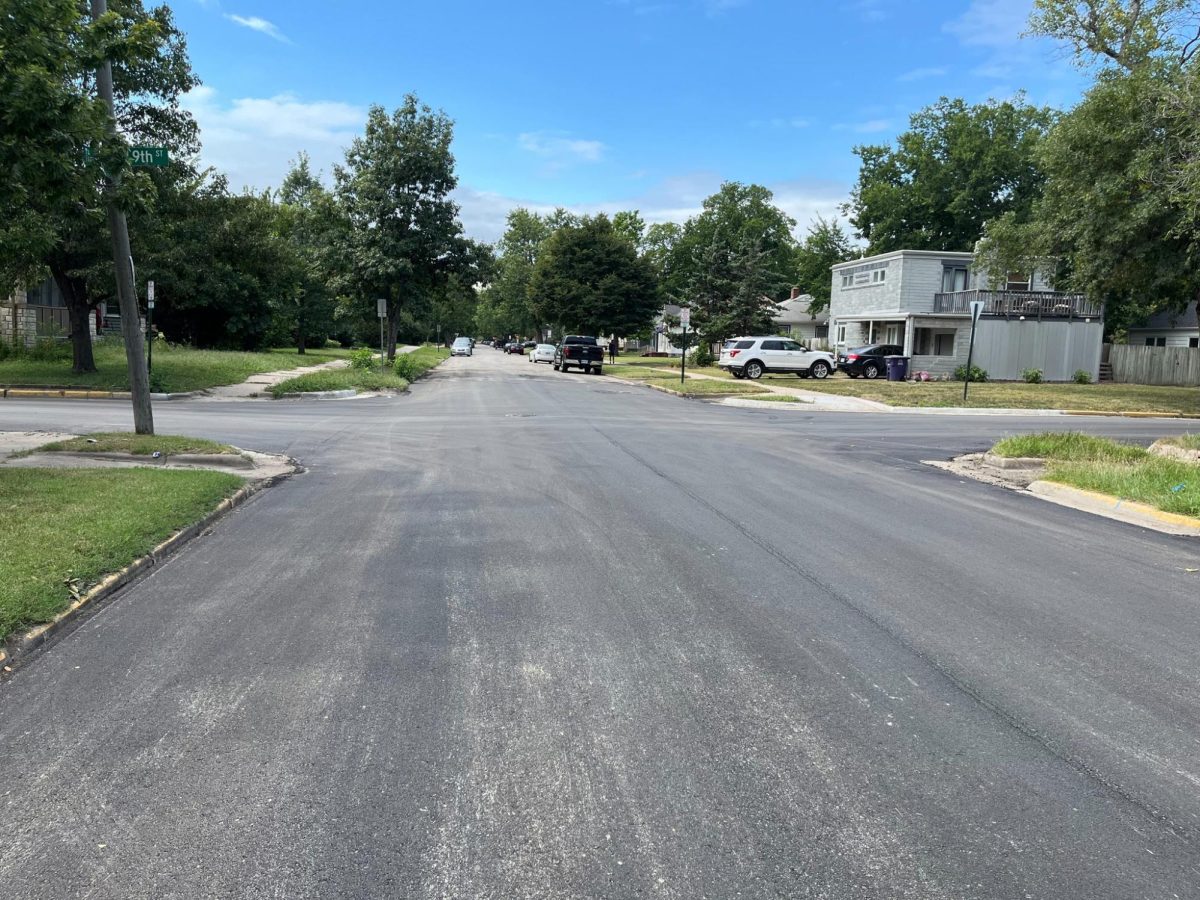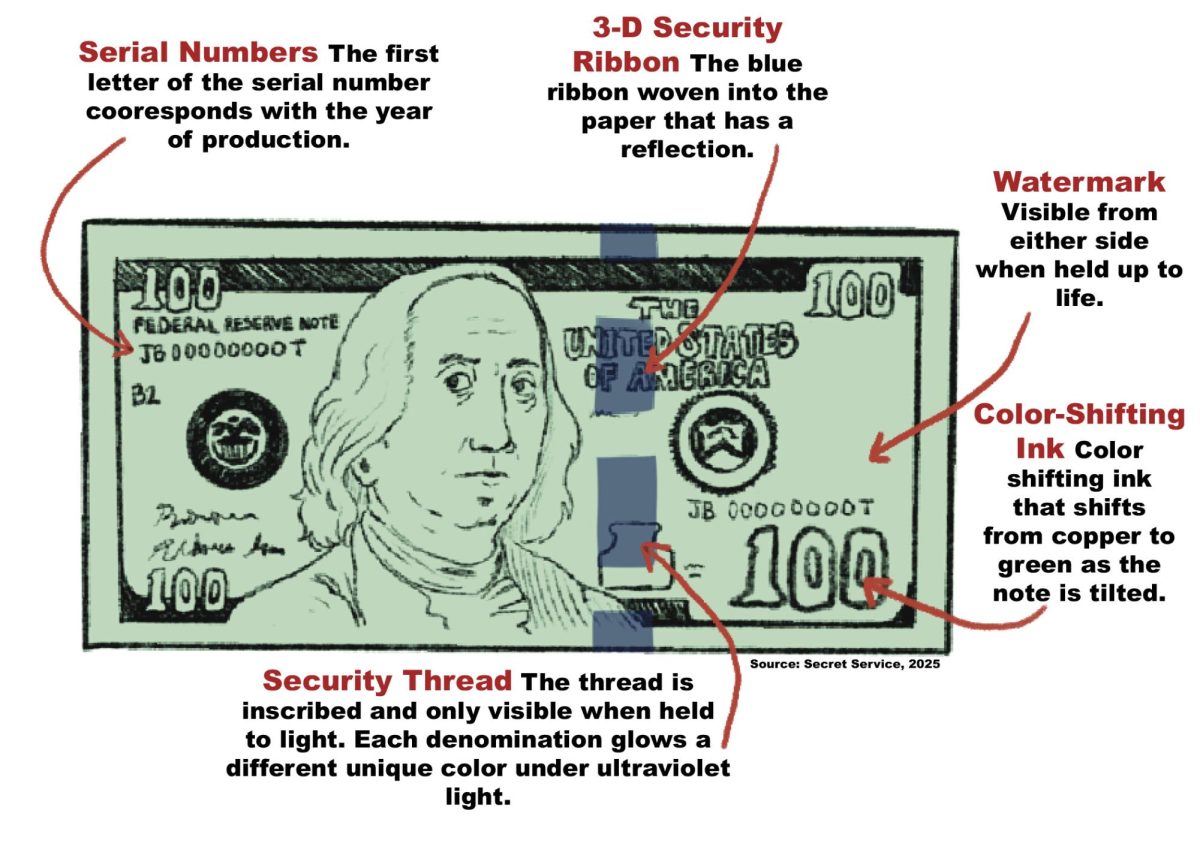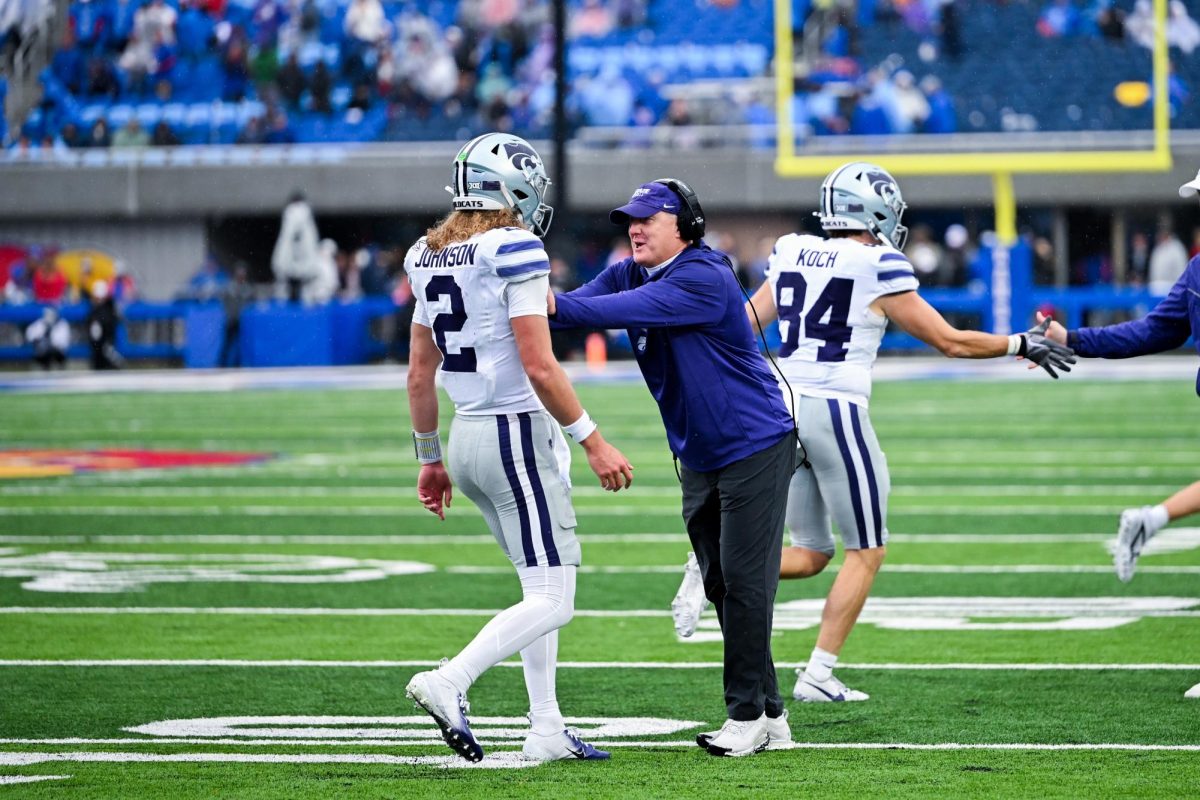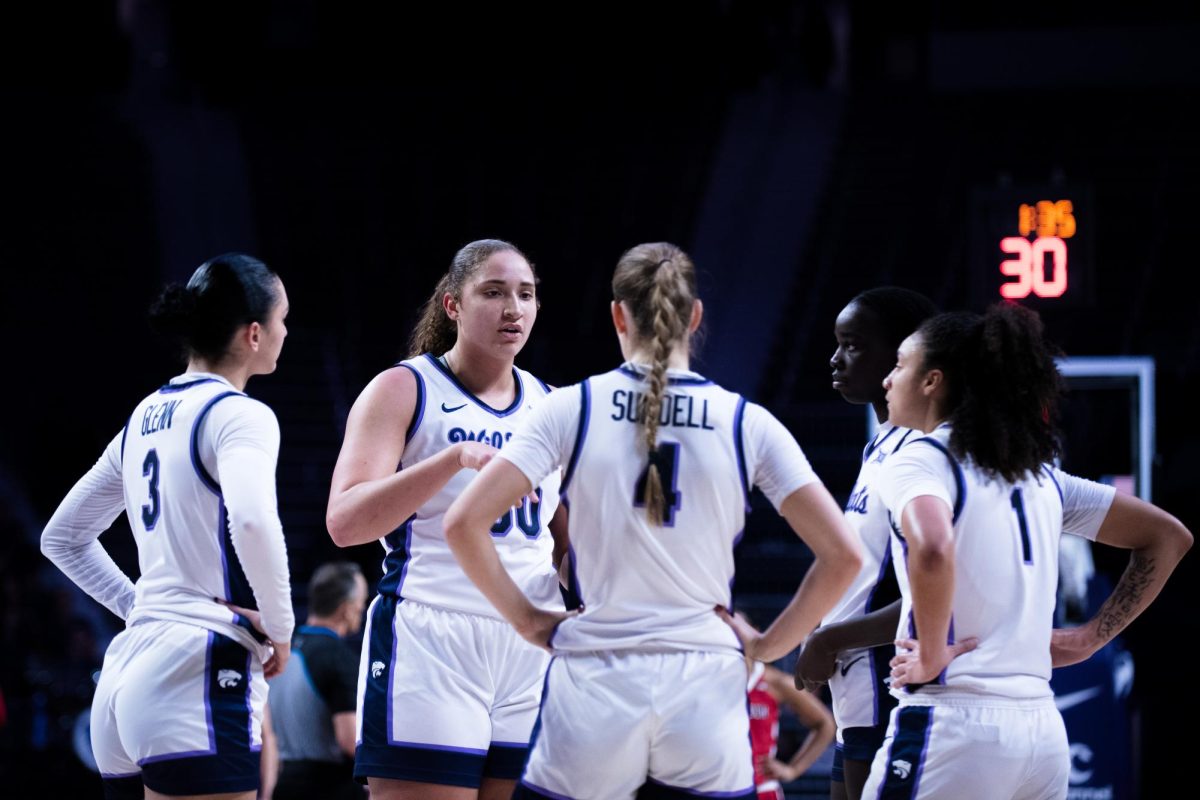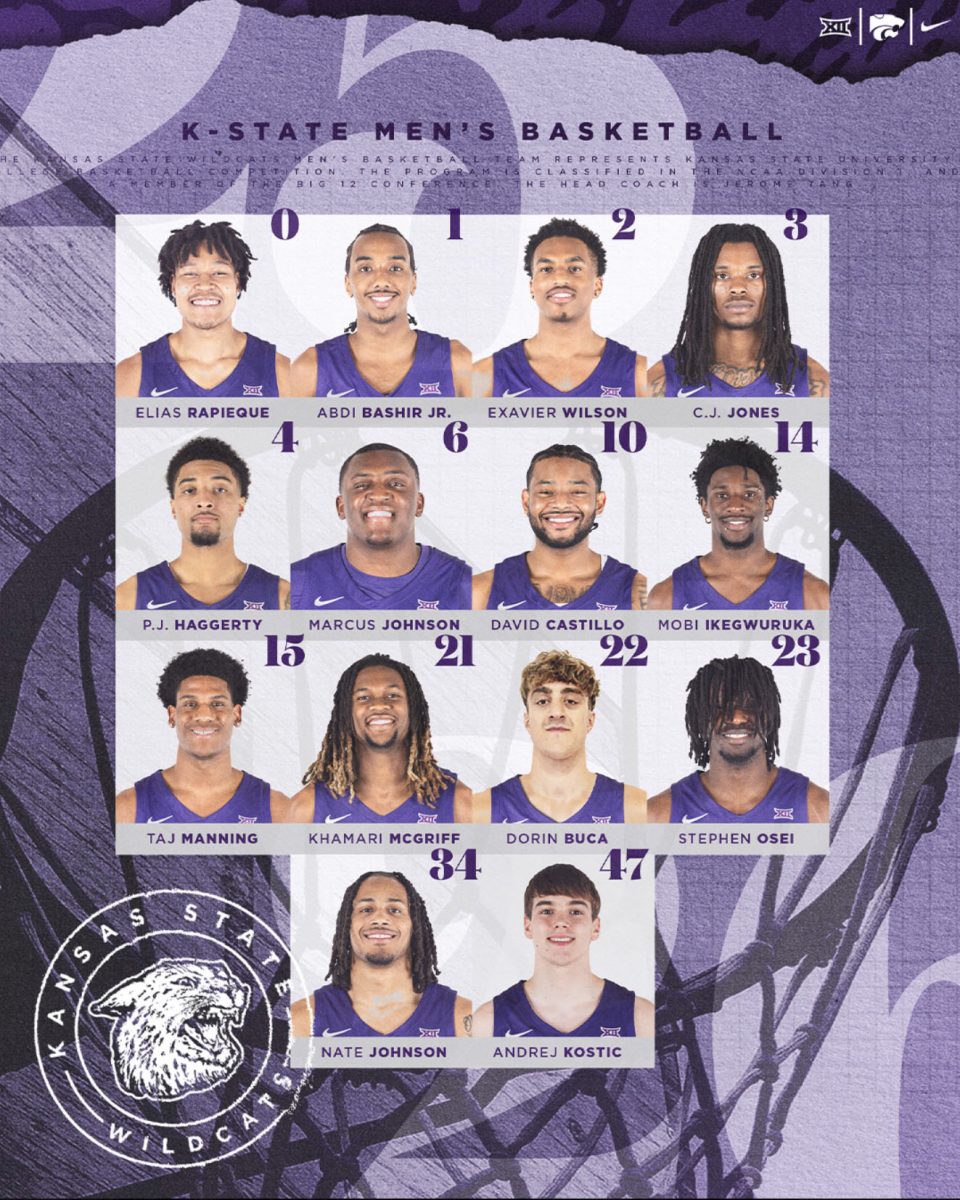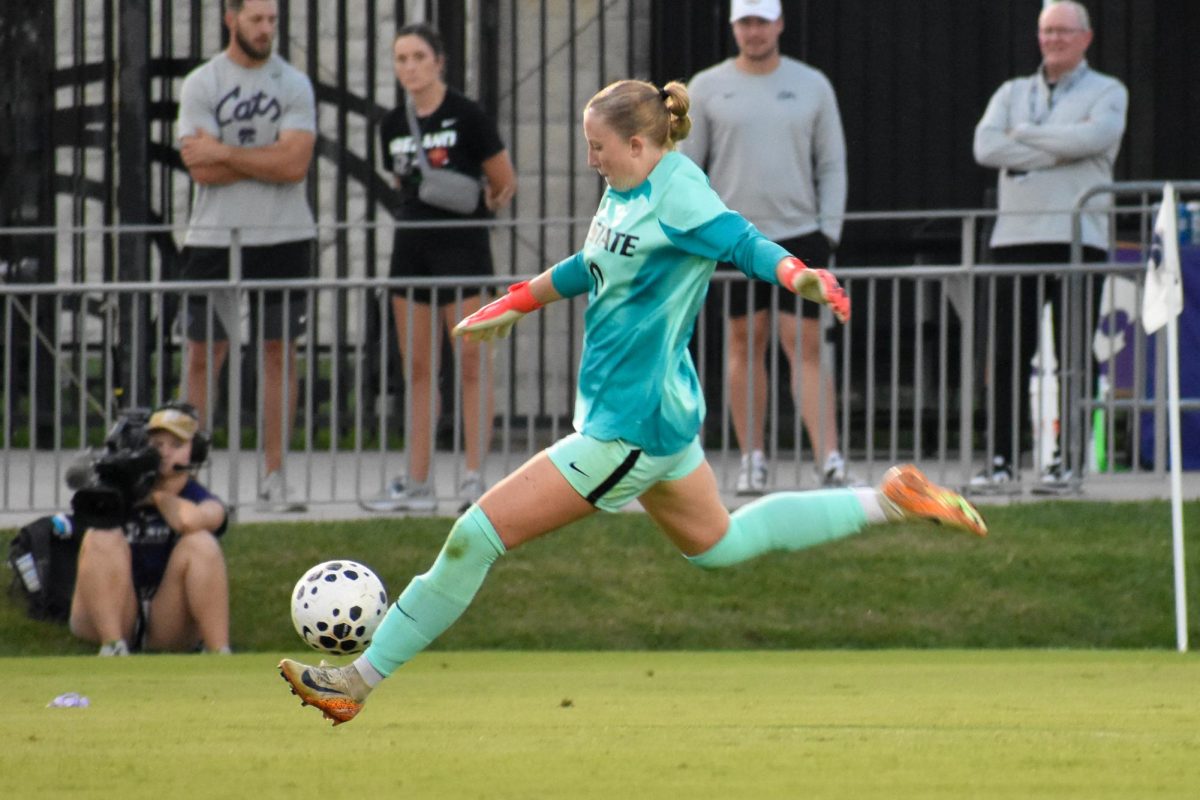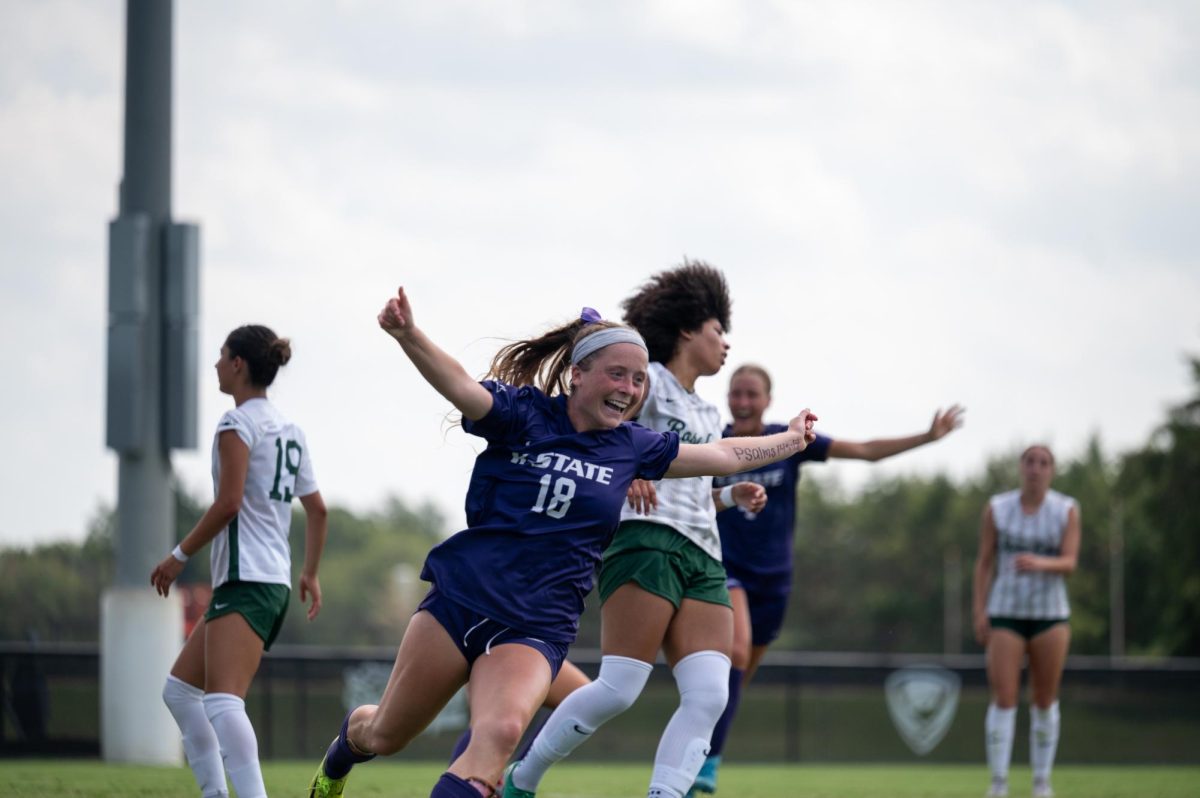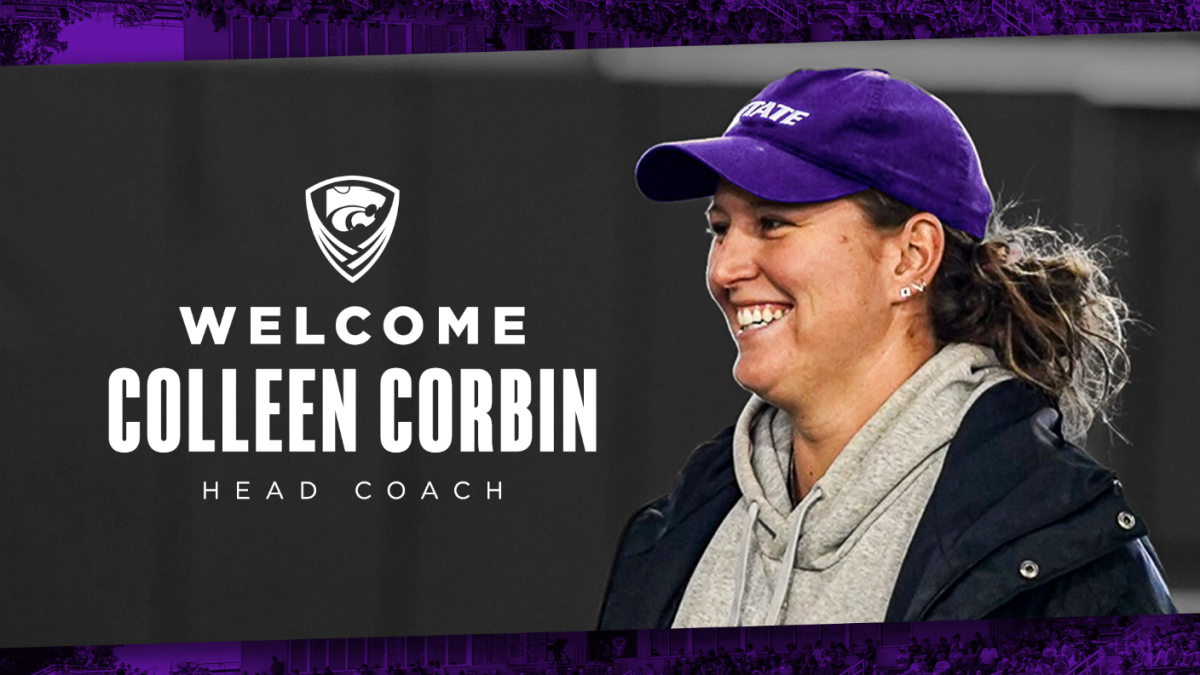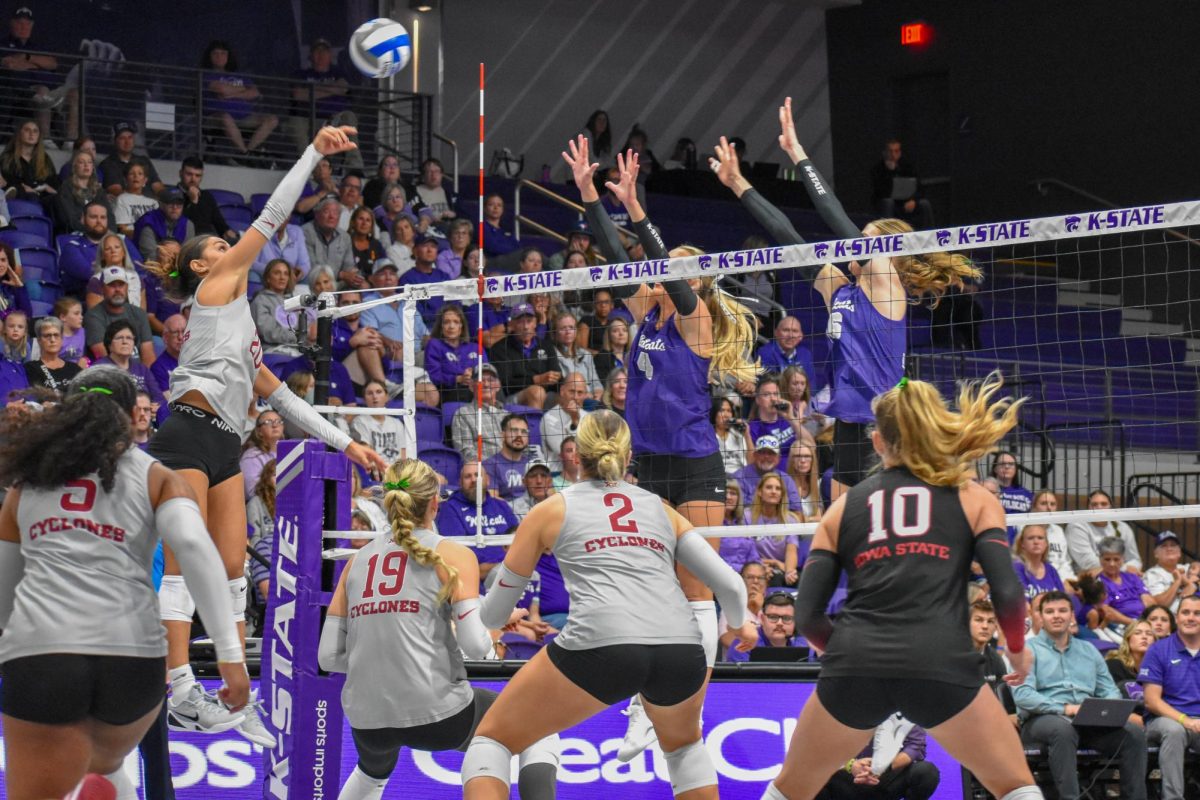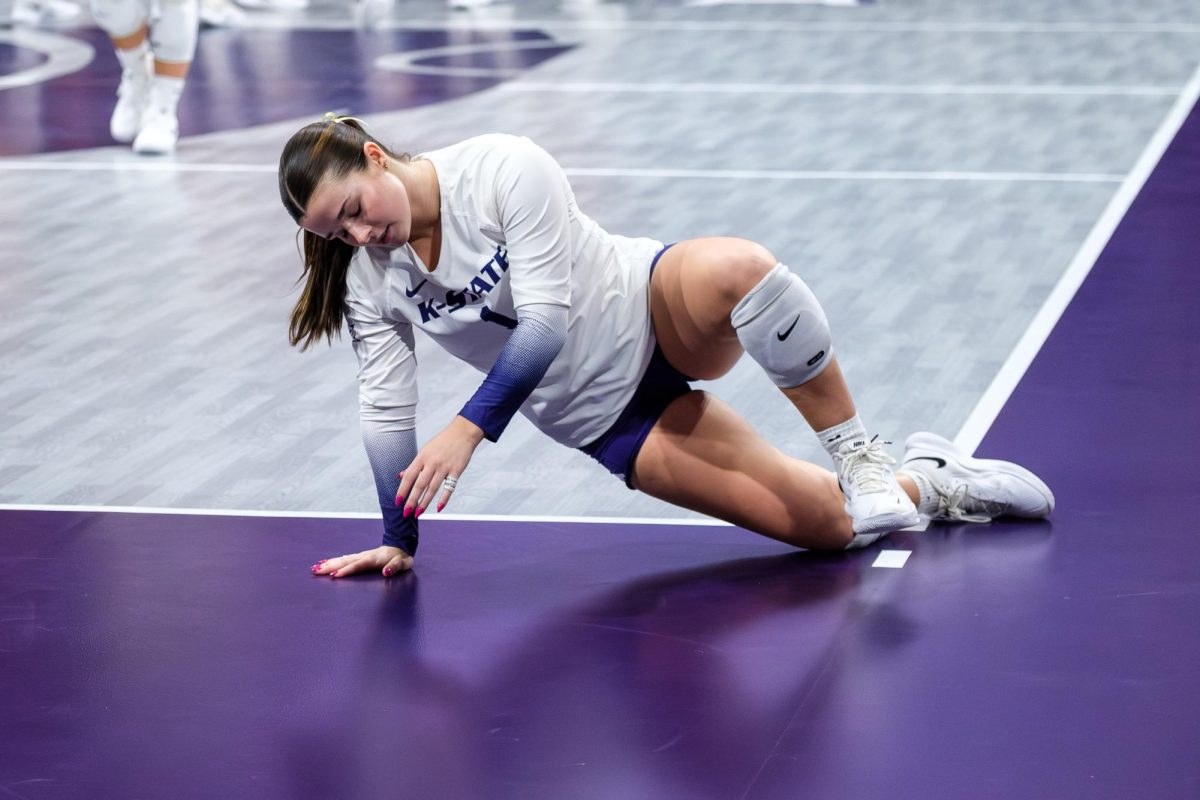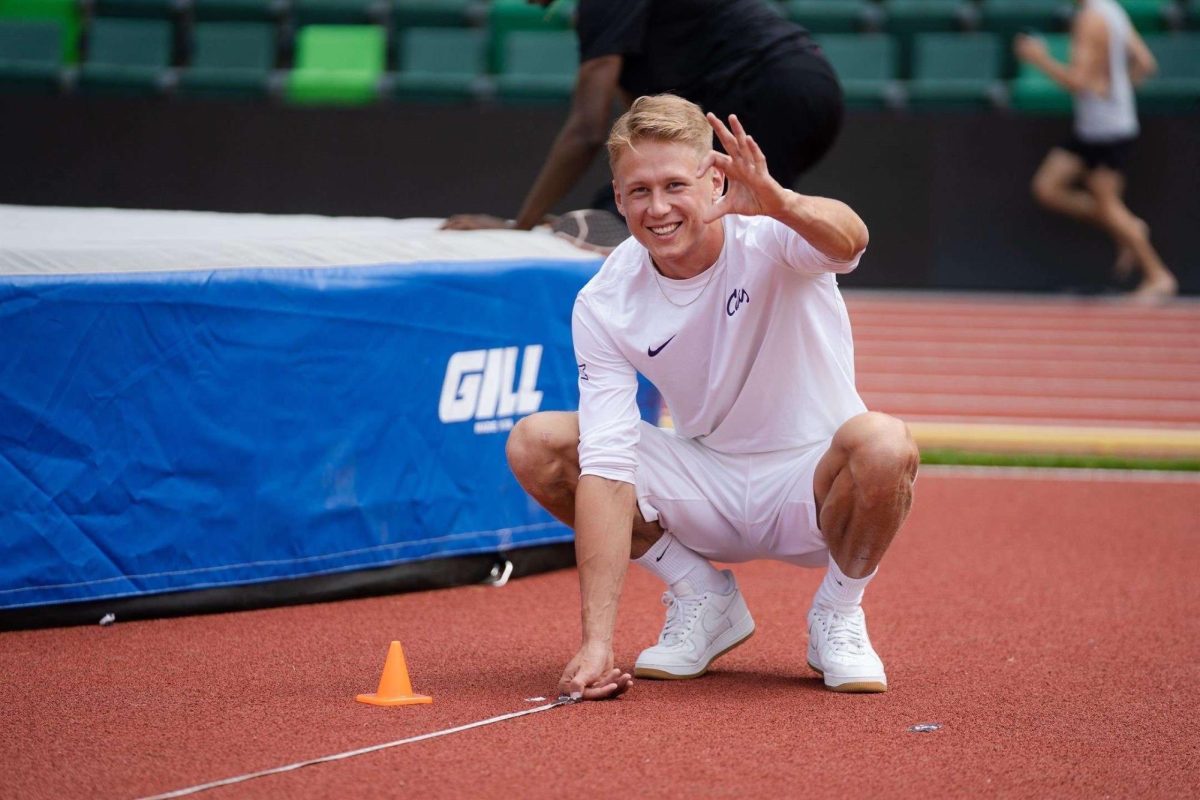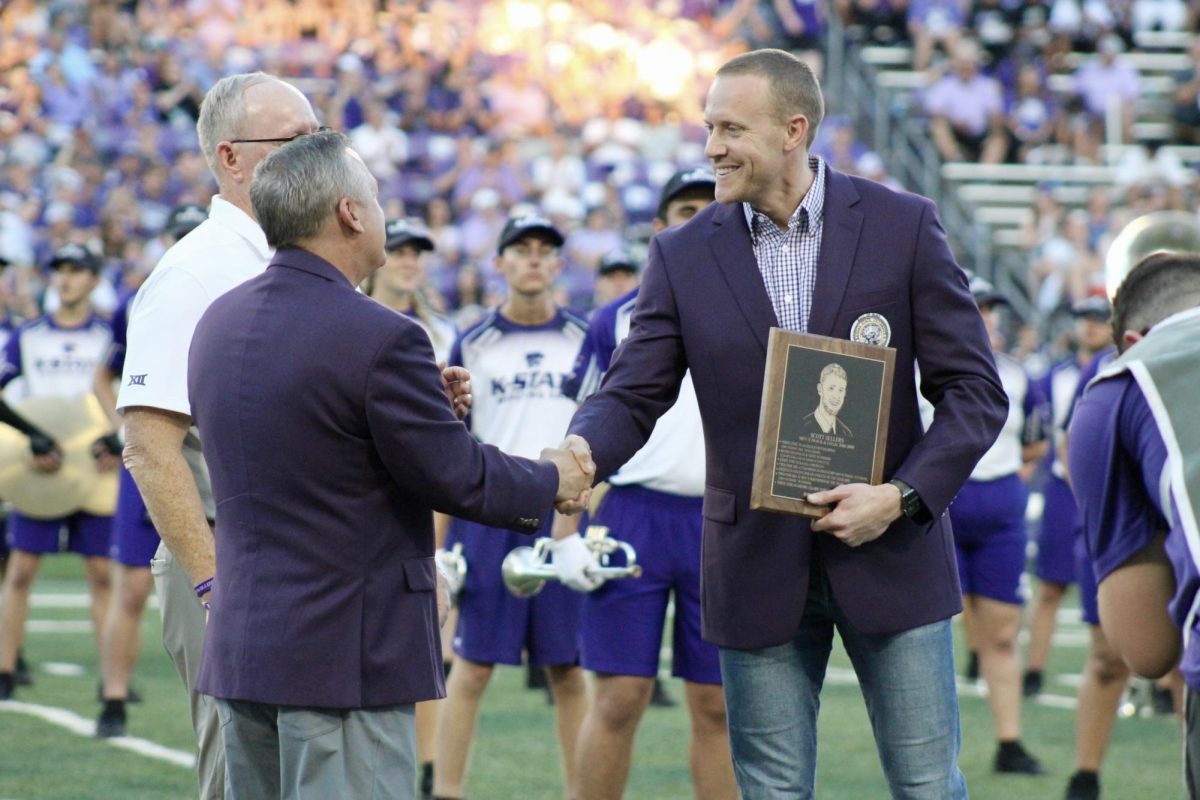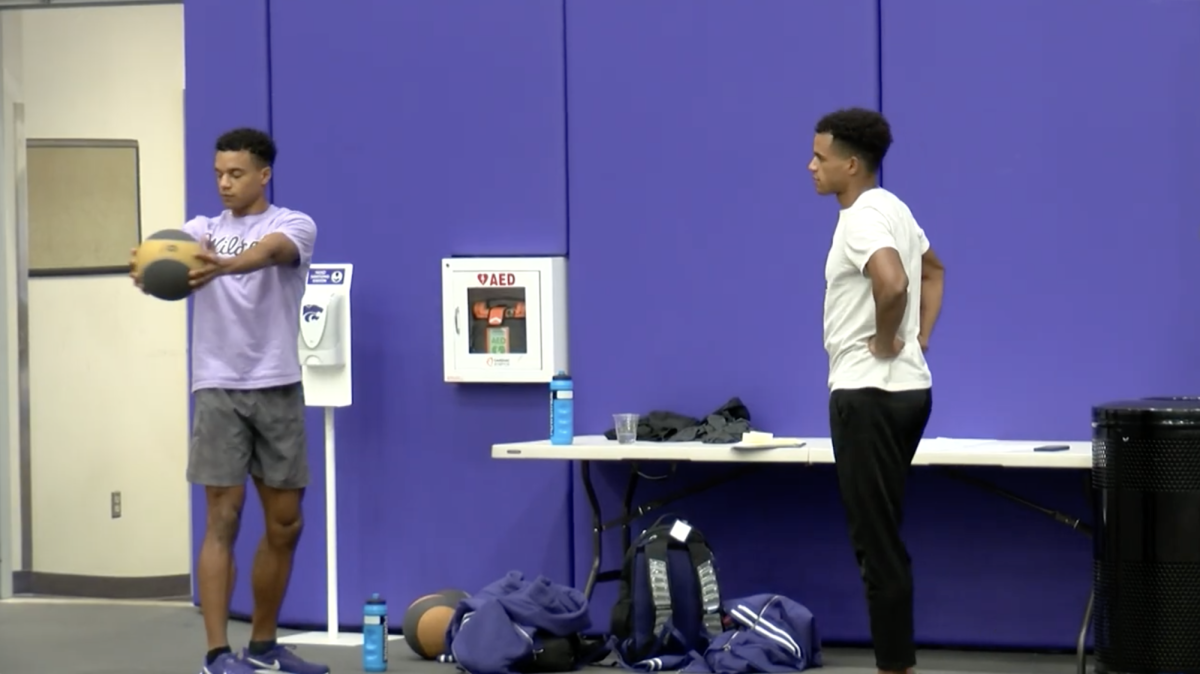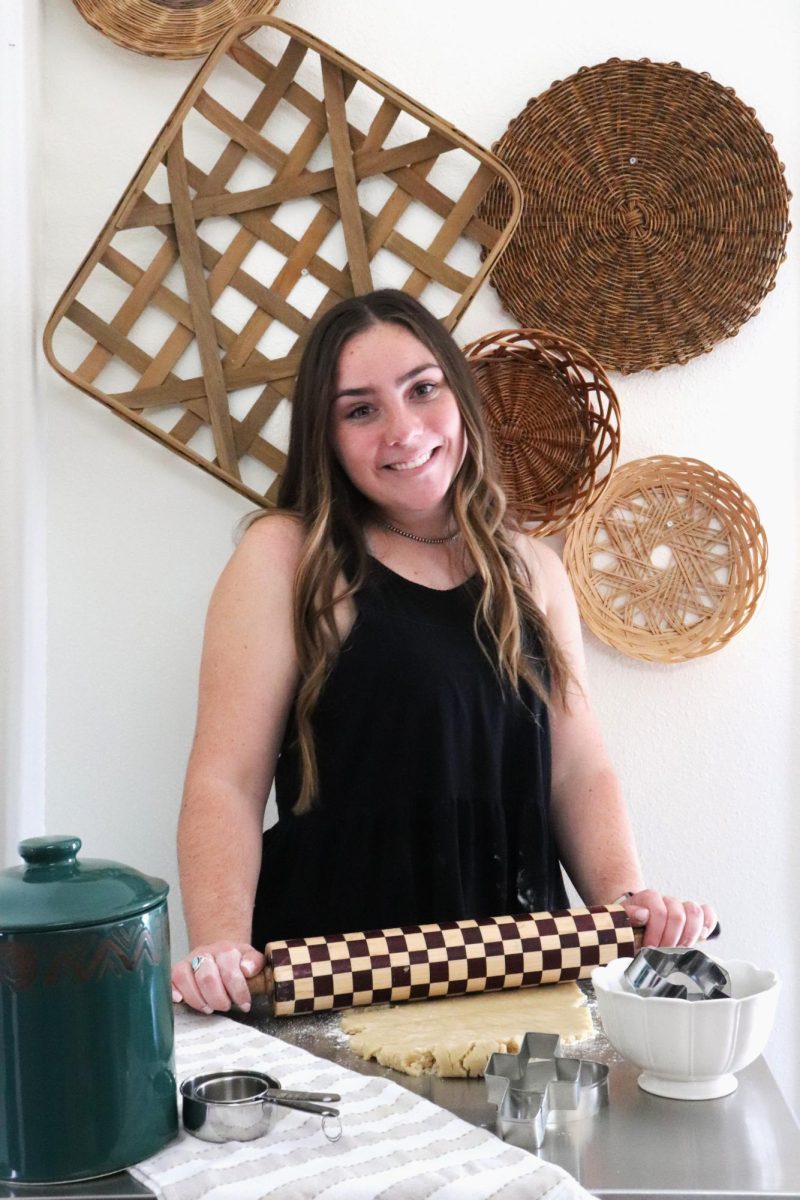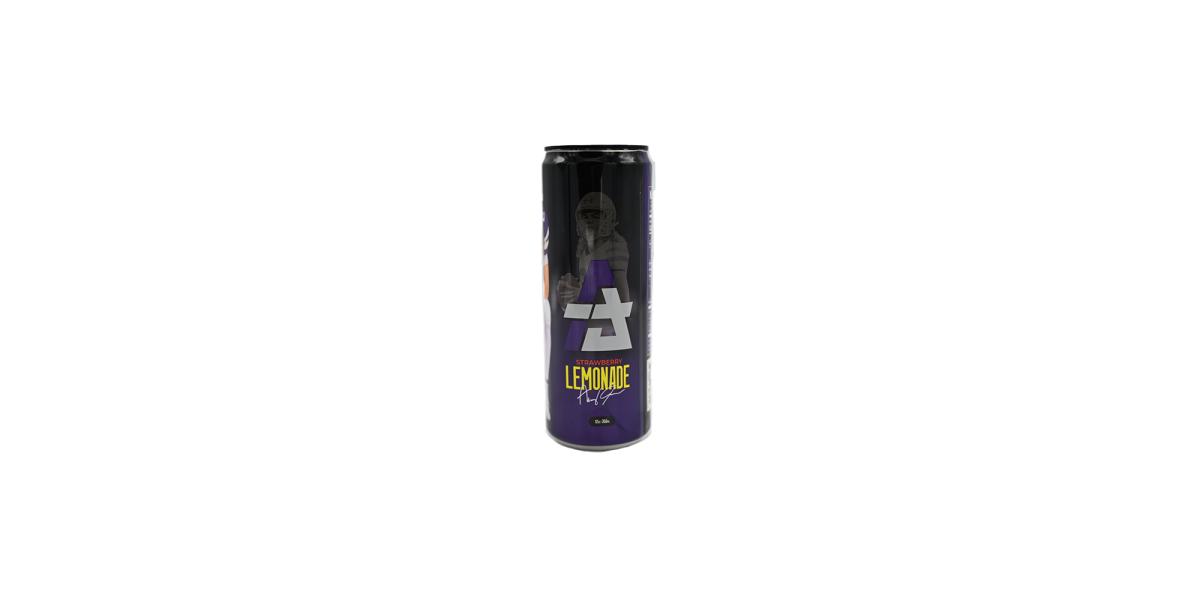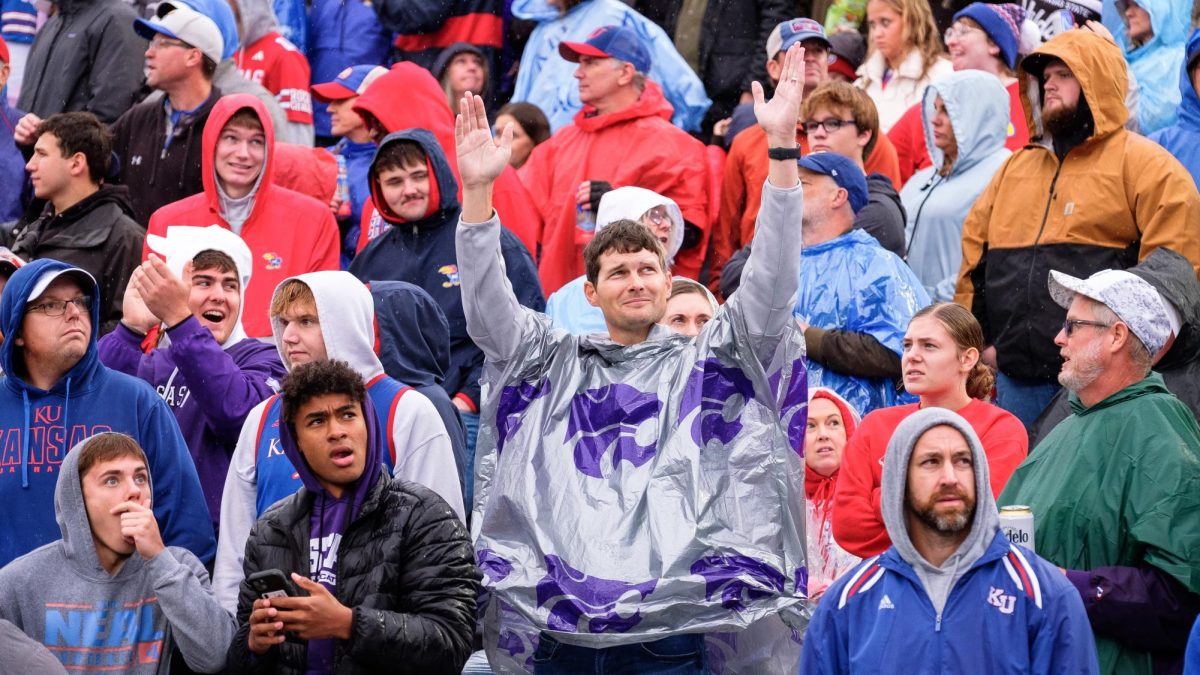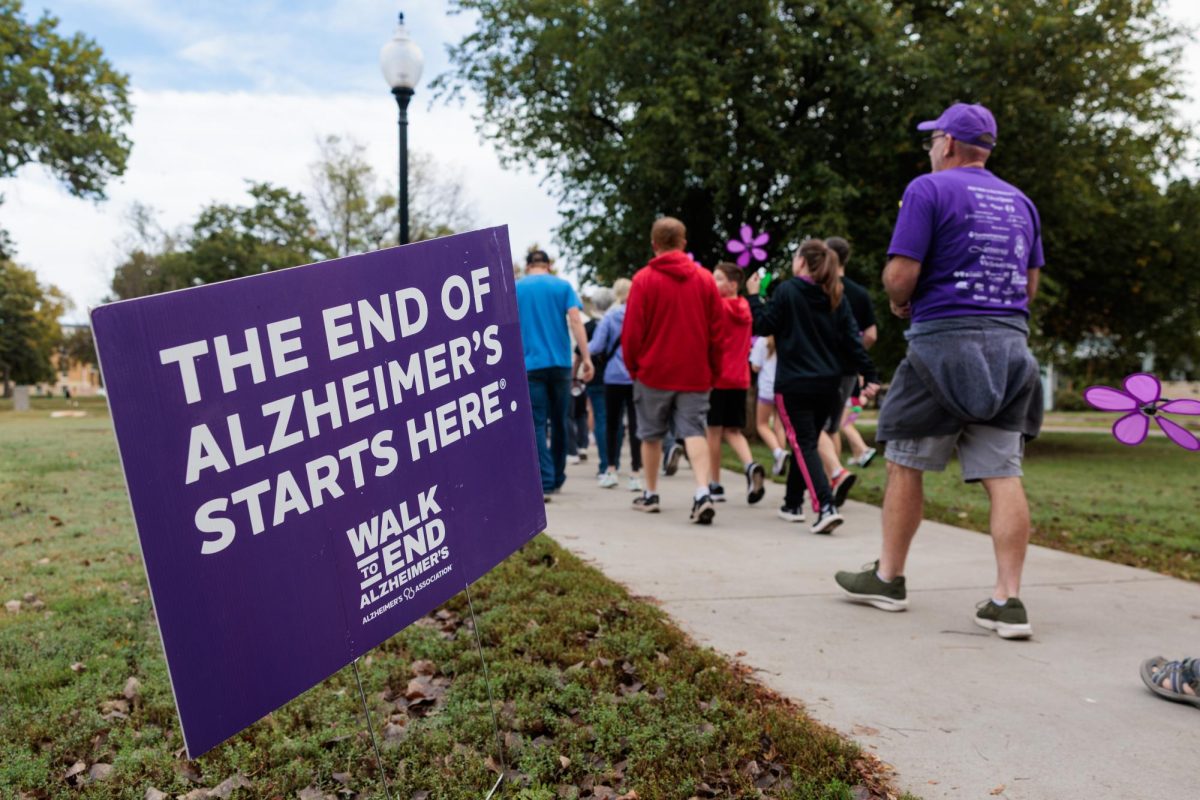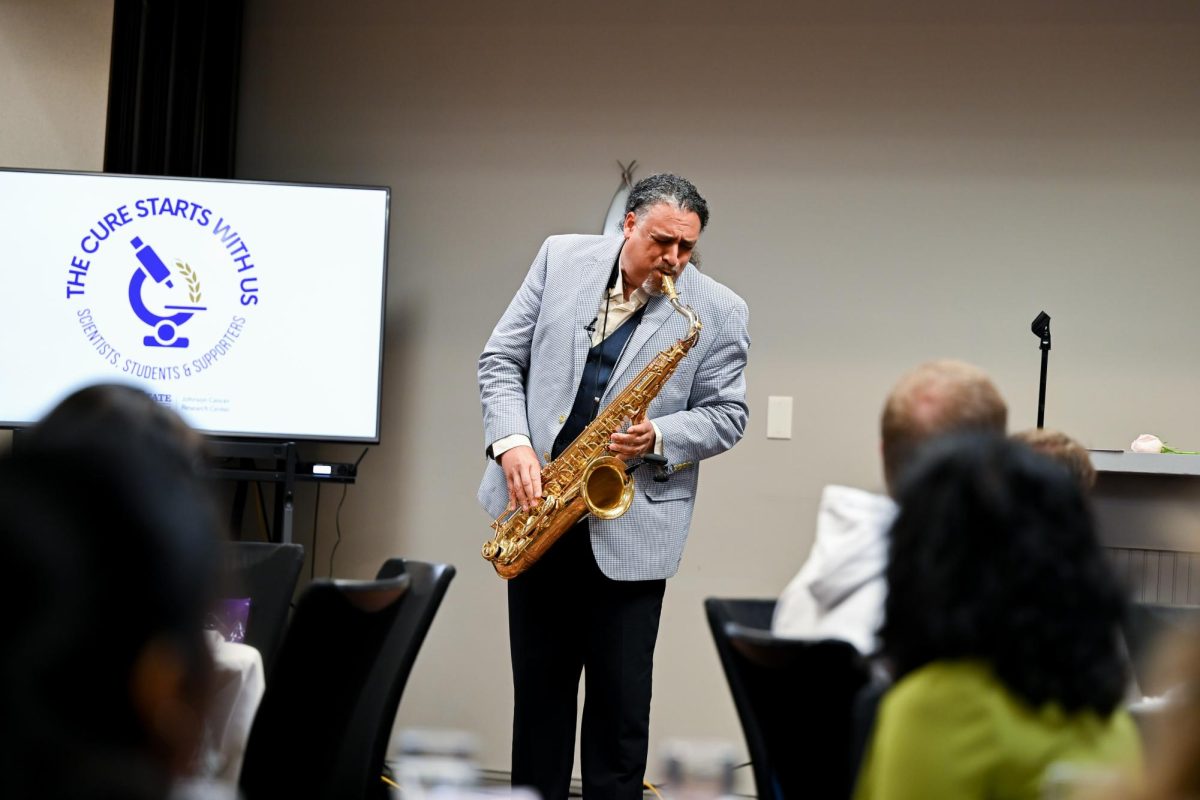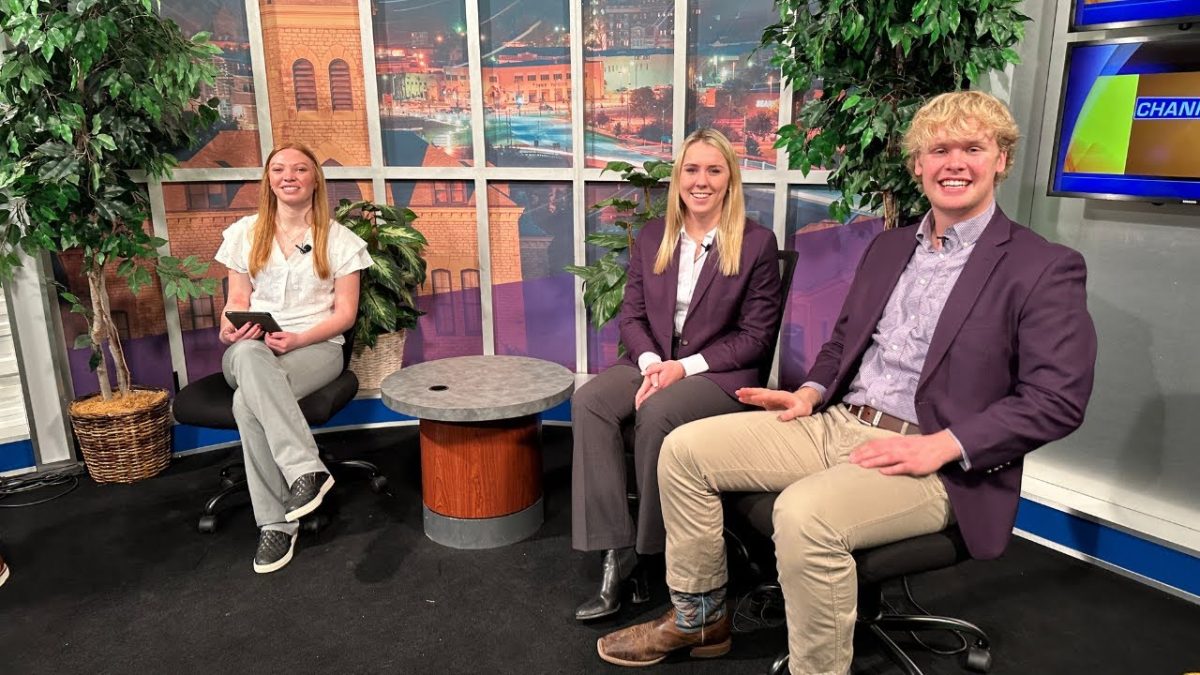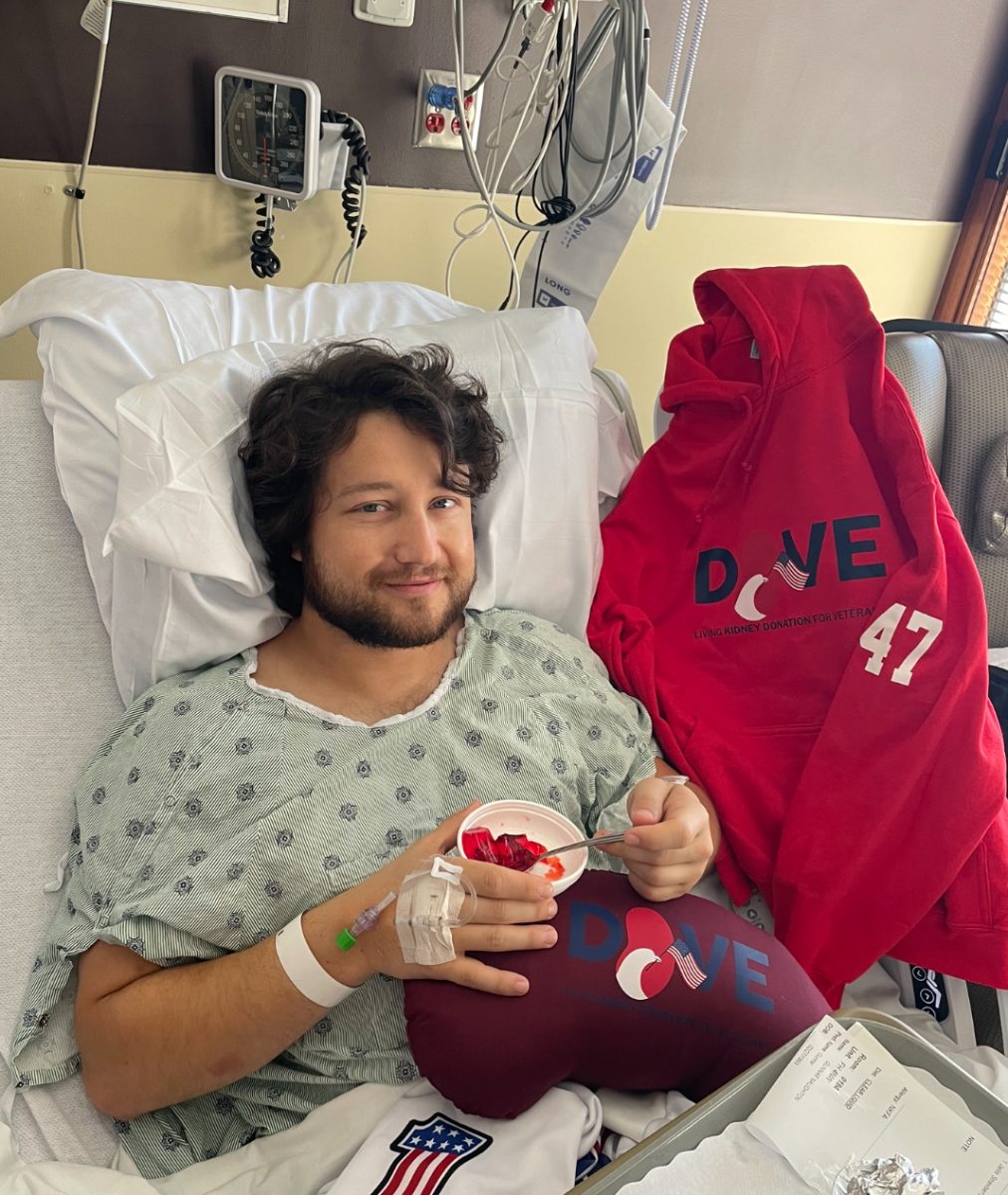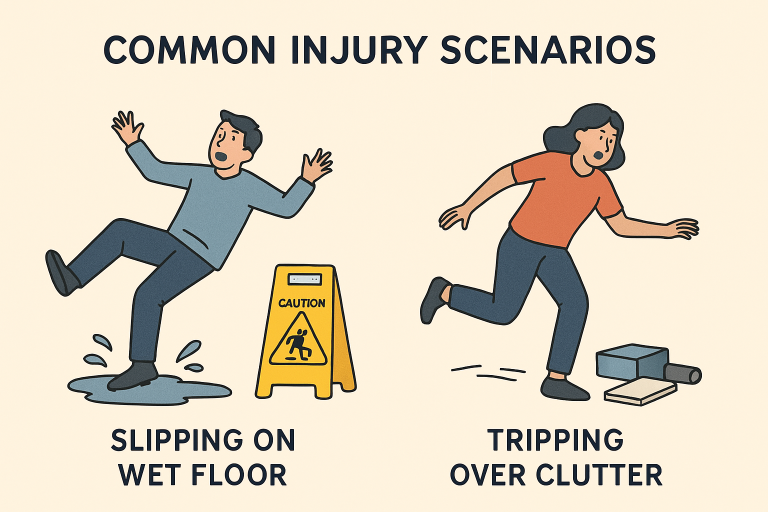Admission to physical therapy school has become increasingly competitive, with programs seeking candidates who demonstrate academic ability and a real-world understanding of the profession. While strong grades and test scores are essential, admissions committees also want evidence of genuine commitment.
Shadowing hours provide this evidence by showing that applicants have observed the profession firsthand and understand what the work involves. Shadowing also allows students to build insight that will inform essays and interviews. For applicants hoping to stand out, planning and maximizing shadowing experiences can be a key factor in strengthening an application.
Why Does Shadowing Matter in PT Applications?
Shadowing gives applicants more than a checklist item to add to their application. It provides context for what physical therapists do in different clinical settings, from patient evaluations to treatment planning. Observing these processes helps future students confirm whether the field aligns with their interests and long-term goals.
For admissions committees, shadowing signals initiative and seriousness about the career path. It shows that the applicant has taken steps to explore the profession beyond the classroom and understands the role’s demands. When an application reflects thoughtful engagement with shadowing, it demonstrates maturity, motivation, and a realistic perspective on the challenges and rewards of a career in physical therapy.
What Are the Requirements for Shadowing?
Many programs include specific expectations for shadowing hours, and these requirements can vary widely. Some schools may require as few as 20 verified hours, while others prefer applicants to complete over 100. In addition to the total number of hours, schools often encourage or mandate that students gain experience in multiple environments, such as outpatient clinics, rehabilitation hospitals, and acute care settings.
Because of this variability, researching individual program requirements early is essential. Applicants who are informed about these details can plan their schedules more effectively, secure opportunities in time, and avoid scrambling at the last minute. Understanding the guidelines in advance guarantees that shadowing experiences provide valuable exposure to different aspects of patient care.
How Do You Find Shadowing Opportunities?
Securing shadowing hours can feel challenging initially, but persistence and professionalism make a significant difference. Applicants can begin by reaching out to local clinics, hospitals, or rehabilitation centers to inquire about opportunities. Introducing oneself with a polite, concise email or phone call often opens doors, especially when demonstrating flexibility in scheduling.
Networking is also valuable. Talking with professors, career advisors, or current physical therapists can lead to introductions that help secure shadowing placements. Exploring inpatient and outpatient environments allows applicants to see the diversity of the field while meeting the expectations of schools that require exposure to multiple settings.
Making the Most of Shadowing Hours
Completing shadowing hours is all about how the experience is used for growth. Applicants should approach shadowing with attention and curiosity, paying close attention to how therapists interact with patients, collaborate with colleagues, and apply treatment techniques. Taking organized notes after each session can help preserve key observations and prepare material for personal statements or interviews.
Reflecting on these experiences is critical. Admissions committees are very interested in what applicants learned from their shadowing hours. Articulating insights about patient care, the challenges of the profession, or the qualities needed to succeed in physical therapy demonstrates deeper engagement. When applicants can show how shadowing shaped their understanding, it provides a meaningful edge in the application process.
Highlighting Shadowing Experience in Applications
Documenting shadowing accurately is an important step in meeting program requirements. Most schools will request verification from supervisors, so keeping detailed records of dates, locations, and total hours is essential. Beyond the numbers, applicants should think strategically about how to use these experiences in their essays, resumes, and interviews.
Strong applications weave shadowing into a larger narrative about motivation and preparedness. For example, an applicant might reference how observing rehabilitation in a hospital setting provided a new perspective on patients’ resilience or how time spent in an outpatient clinic highlighted the importance of communication skills.
These reflections strengthen essays and provide authentic material for interview answers. By presenting shadowing as a source of insight rather than a checkbox, applicants stand out as thoughtful and motivated candidates.
Turning Hours Into Opportunities
Shadowing hours are a valuable opportunity to confirm career goals and demonstrate dedication. By understanding program expectations, seeking out diverse settings, and reflecting meaningfully on each experience, applicants can transform shadowing into a central strength of their application.
Admissions committees want to see more than academic performance. They’re looking for individuals who have explored the profession, understood its challenges, and remain motivated to pursue it. Shadowing offers the chance to show all of these qualities at once.


